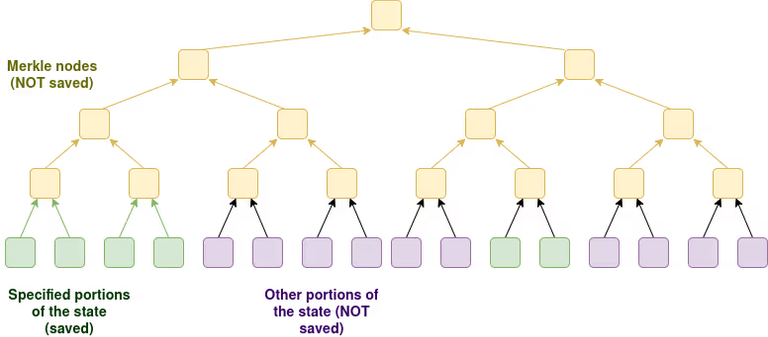Vitalik Buterin Introduces Concept to Lighten the Load for Ethereum Node Operators
Vitalik Buterin, co-founder of Ethereum, has unveiled a new approach aimed at simplifying the process of running a node on the Ethereum network—an issue that has drawn growing concern within the community as the blockchain continues to scale.

Image created with AI
At the core of Buterin’s proposal is a design that would significantly cut down the data and computational demands placed on full nodes. As Ethereum evolves, its data requirements have ballooned, making it increasingly difficult for everyday users to operate their own nodes without significant hardware, bandwidth, and storage capacity.
Buterin suggests a structure that allows nodes to perform verification of blockchain activity without needing to store everything themselves. Instead, nodes could rely on a system of "statelessness"—where data is stored off-chain but can be efficiently retrieved and verified on-demand using mathematical proofs.
This builds on the idea of stateless clients, which has been floated in Ethereum circles for years but has yet to be fully implemented. Buterin's updated blueprint introduces a kind of layered architecture: a smaller, more accessible “verification layer” and a separate “data availability layer” where the heavy lifting of storage occurs.
One major goal is to democratize node operation by reducing entry barriers. In theory, even users with modest computing setups could help secure and participate in the Ethereum network without needing to commit massive disk space or endure long synchronization times.
The move also aligns with Ethereum’s broader roadmap toward modularity and decentralization. As rollups and Layer 2 solutions continue to offload transactions from the main chain, the base layer must still remain robust and accessible to ensure decentralization isn't compromised.
Community response so far has been cautiously optimistic. Some developers see the proposal as a necessary evolution, particularly as the Ethereum ecosystem inches toward mass adoption. Others are watching closely to see how the trade-offs—such as reliance on external data availability layers—might affect trust and security.
Buterin's proposal is still in the conceptual stage and will need extensive testing and iteration before becoming a practical part of Ethereum’s protocol. Nevertheless, the conversation it sparks may help redefine what it means to be a node in the future of decentralized networks.
Could this make Ethereum more globally inclusive—or will emerging regions still face barriers due to bandwidth, uptime, or power limitations?

https://www.reddit.com/r/ethereum/comments/1krbtau/vitalik_buterin_introduces_concept_to_lighten_the/
https://www.reddit.com/r/CryptoDailyTLDR/comments/1krzzl9/wed_may_21_2025_tldr_crypto_news_you_missed_in/
This post has been shared on Reddit by @dkkfrodo through the HivePosh initiative.